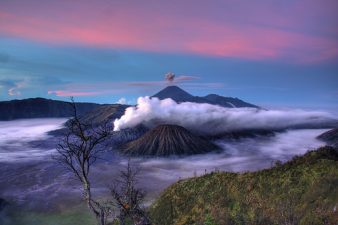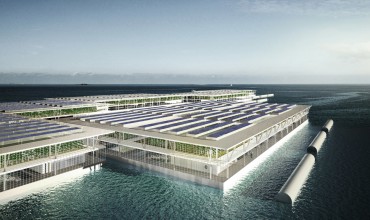Israel Corporation subsidiary Inkia Energy has signed an engineering procurement contract for the construction of a huge 510 MW hydro-electric project in Peru. Its Cerro del Águila Hydroelectric Power Plant will be located in the province of Tayacaja.
Peru is a country that already gets 48% of its electricity from hydropower, which depends on water at elevation for its operation. Peru’s Energy and Mines Ministry, Pedro Sanchez said in a press release that the project is one of three hydroelectric plants it was seeking tenders for building and operating, that will require a combined investment of $1.7 billion.
Sanchez hailed the awarding of the contracts and said the cumulative hydroelectric capacity of the three projects, 911 MW, is enough to supply 20% of the current nationwide demand of 4,500 MW. About half of the power produced by all three proposed hydro projects will go to the mining industry in Peru, which accounts for 59% of all its exports.
Israel Corporation had moved Inkia Energy’s headquarters to Peru in 2007, where it owns 75% of the fifth largest power company in Peru, and a small share of the largest. But, notably, most of the electricity in the Inkia Energy portfolio is produced not from hydro but from natural gas, a much less sustainable form of of electricity.
Inkia Energy will begin with an environmental impact review and will try to get the financing for the 510 MW hydro-electric project. It has six months. If it is unable to get the financing, it can cancel, but if it can get financing, it will then have four years to get it built. The construction of the project is to be carried out by Italian firm Astaldi SpA and Peru’s Graña y Montero SA.
In March, the company signed a 15-year power purchase agreement (PPA) with Peru’s government-owned electricity company, to begin upon completion of the proposed project in the second half of 2015.
The success of the project depends on Peru still having a rich source of water, from its glaciers, to supply the meltwater that hydro-electricity needs over the long term. Already it has lost 22% of its glaciers since 1970. It is widely expected to be one of the first nations to suffer the effects of climate change on water supplies.
Related stories:
Ethiopia Can’t Afford The New Nile Dam
Morocco to Pioneer 1 GW Hydro-Wind Hybrid Power
Hydropower Could Meet More Of Turkey’s Energy Demand




